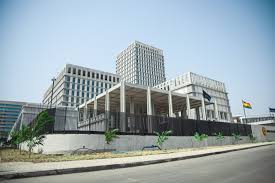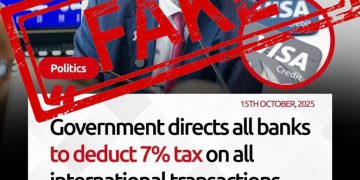Risks to Policy Rate Outlook Mixed, Says Fitch Solutions
Fitch Solutions says risks to its interest rate forecast for Ghana are balanced, with both upside and downside scenarios possible.
On the dovish side, the Bank of Ghana’s (BoG) 300-basis point policy rate cut in July reflects a strong willingness to ease monetary conditions amid improving macroeconomic fundamentals, supported largely by elevated gold prices.
Also, if inflation falls faster than projected, the BoG could adopt a more accommodative stance than Fitch’s baseline forecast.
However, Fitch cautions that Ghana’s economic recovery remains heavily reliant on sustained high gold prices. A sharp drop — potentially triggered by easing geopolitical tensions — would cut dollar inflows, weaken international reserves and put renewed pressure on the cedi.
This, it said, would fuel a rebound in inflation and force the BoG to pursue a tighter policy stance than currently anticipated.
Meanwhile, Fitch Solutions says it expects the BoG to halt its easing cycle in H2 2026 as inflationary pressures re-emerge.
According to the research agency, despite inflation returning to the BoG’s 6.0–10.0% target range in Q4 2025 and Q1 2026, it will once again rise above the upper threshold in Q2 2026.
This, the agency noted, will reflect the unwinding of favourable base effects from the cedi’s appreciation in April-May 2025.
Furthermore, with Ghana’s Extended Credit Facility arrangement with the IMF ending in April 2026, it anticipates the country’s budget deficit to widen from a projected 3.7% of GDP in 2025 to 4.8% in 2026, which will have an inflationary impact.








